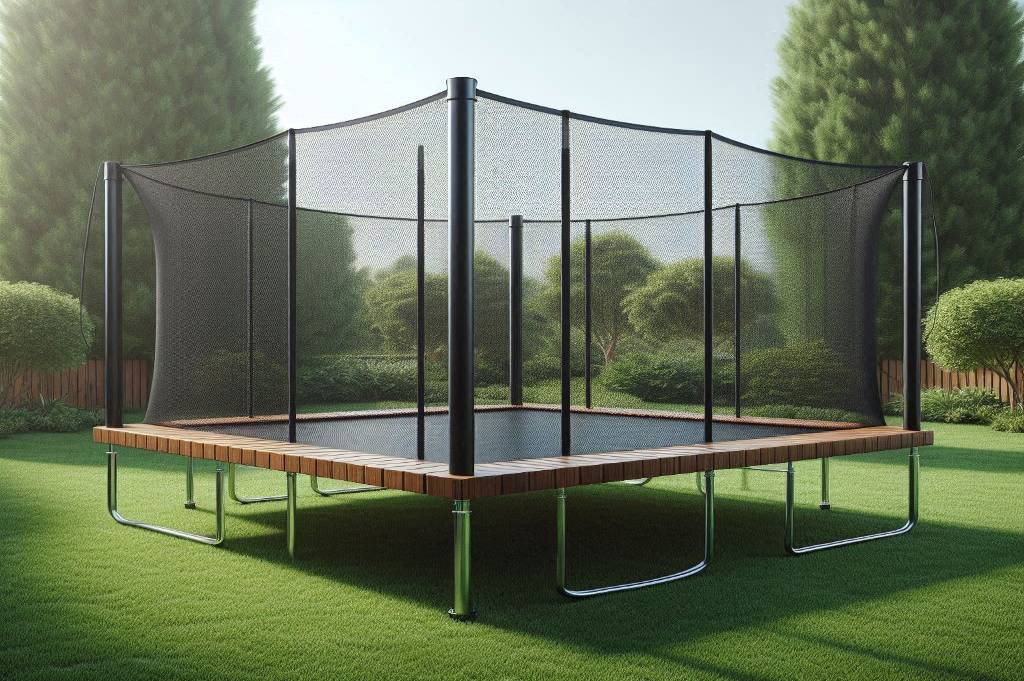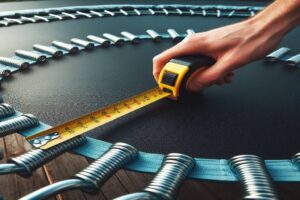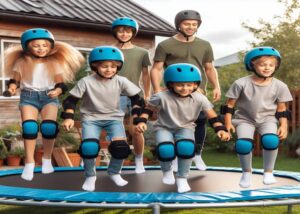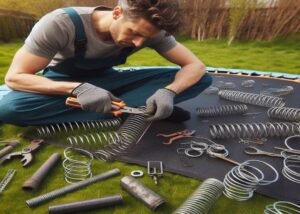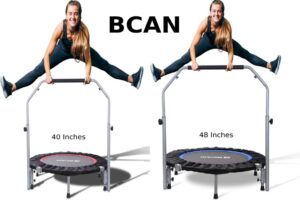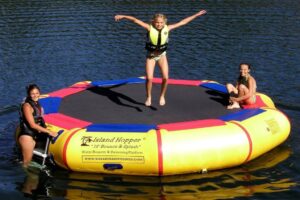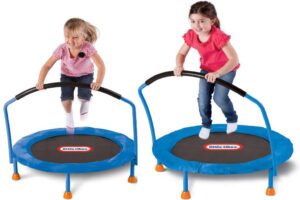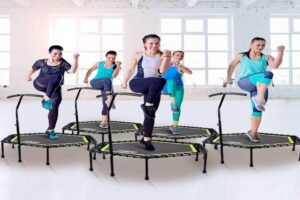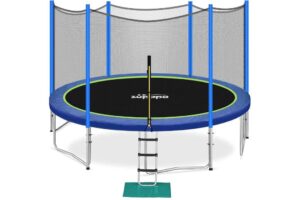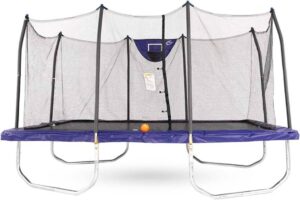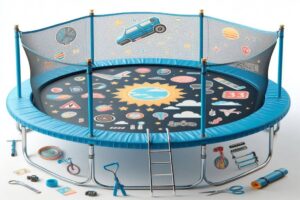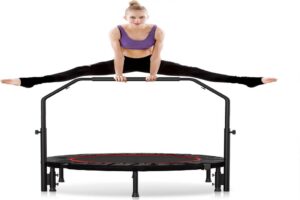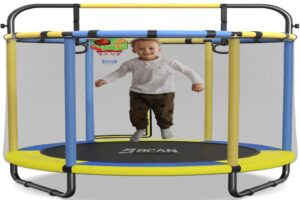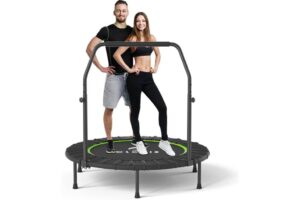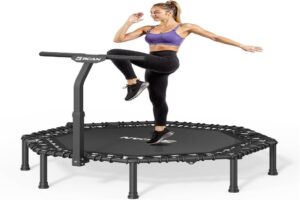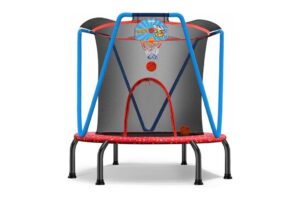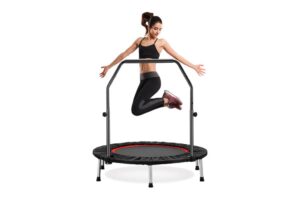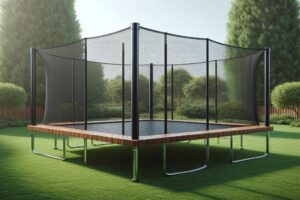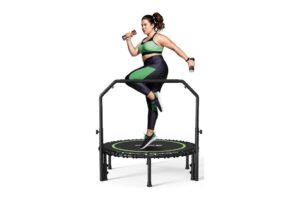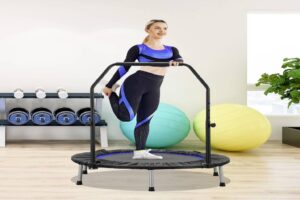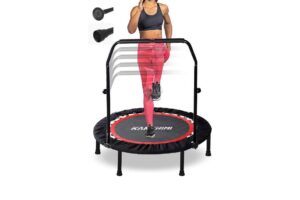Introduction
Trampolines have long been a source of fun and fitness, providing hours of entertainment for both kids and adults. While round trampolines have dominated the market for years, square trampolines are becoming increasingly popular. They offer distinct advantages in terms of space efficiency, performance, and safety. In this comprehensive guide, we’ll explore the world of square trampolines, highlighting their benefits, features, and providing tips for making the best purchase.
History of Trampolines
Trampolines have a fascinating history that dates back to ancient civilizations. The modern trampoline, however, was invented by George Nissen and Larry Griswold in 1936. Initially used for gymnastics and circus acts, trampolines quickly gained popularity for recreational use. Over the decades, various shapes and sizes have been introduced, with square trampolines emerging as a favored choice for many.
Types of Trampolines
Before delving into the specifics of square trampolines, it’s important to understand the different types of trampolines available:
- Round Trampolines: The most common type, offering balanced performance and safety.
- Rectangular Trampolines: Preferred by gymnasts for their superior bounce and larger jumping area.
- Square Trampolines: A hybrid that combines the benefits of round and rectangular trampolines.
- Mini Trampolines (Rebounders): Small, portable trampolines used for fitness and rehabilitation.
- Springfree Trampolines: Trampolines designed without traditional springs for enhanced safety.
Why Choose a Square Trampoline?
Square trampolines offer several unique advantages that make them an appealing choice for families and athletes alike.
Safety
Square trampolines are designed with safety in mind. Their shape provides a more even distribution of force, reducing the likelihood of users being pushed towards the center. This makes them safer, especially for younger children who may have difficulty controlling their jumps.
Performance
Square trampolines provide a better bounce compared to round trampolines. The springs work independently, offering a more consistent and powerful rebound. This makes them ideal for aspiring gymnasts and athletes looking to improve their aerial skills.
Space Efficiency
A square trampoline can fit more efficiently into a corner or along the side of a yard, making better use of available space. This is particularly beneficial for those with limited backyard space who still want to enjoy a large jumping surface.
Key Features of Square Trampolines
When considering a square trampoline, it’s essential to look at several key features to ensure you choose a high-quality and durable product.
Frame and Material
The frame is the backbone of the trampoline. Look for a frame made of galvanized steel, which is rust-resistant and sturdy. The thickness of the steel and the quality of the welds are also important factors that contribute to the trampoline’s durability and safety.
Spring System
The spring system determines the trampoline’s bounce quality. High-quality square trampolines have a large number of springs that are evenly distributed around the frame. The length and tension of the springs affect the bounce, with longer springs typically providing a softer and more powerful bounce.
Jumping Mat
The jumping mat should be made of durable, UV-resistant material. Polypropylene is a common choice due to its strength and flexibility. The mat should be securely attached to the frame with reinforced stitching to withstand constant use and various weather conditions.
Safety Enclosures
A safety enclosure is a crucial feature for any trampoline. It prevents users from falling off the trampoline and getting injured. Look for an enclosure with a sturdy net and padded poles. The enclosure should be securely attached to the trampoline frame and be tall enough to prevent accidental falls.
Top Square Trampoline Brands
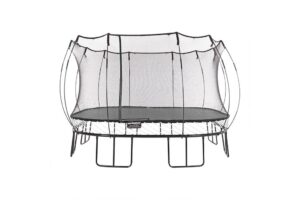
- Skywalker Trampolines: Known for their durable construction and safety features, Skywalker offers a range of square trampolines suitable for different budgets.
- Springfree Trampoline: Although pricier, Springfree trampolines are designed without traditional springs, significantly reducing the risk of injury.
- JumpSport: Known for their innovative safety features and high-quality materials, JumpSport trampolines are a great choice for families.
- Upper Bounce: Offers a variety of trampolines with a focus on quality and affordability.
Buying Guide
Size and Space Considerations
Square trampolines come in various sizes, typically ranging from 8 feet to 15 feet. Measure your available space and ensure there is enough clearance around the trampoline for safety. Consider the height as well, especially if the trampoline will be placed near trees or other structures.
Weight Limit and Usage
Check the weight limit of the trampoline to ensure it can accommodate all intended users. If multiple children or adults will be using the trampoline simultaneously, opt for a model with a higher weight capacity.
Safety Features
Safety should always be a top priority. Look for trampolines with robust safety enclosures, padded springs and frame, and a secure locking system for the entrance. Some trampolines also come with additional safety features like no-gap enclosures and reinforced T-sockets.
Price and Warranty
Trampolines can vary significantly in price. Set a budget but also consider the long-term value. Investing in a higher-quality trampoline may save you money on repairs and replacements in the long run. Check the warranty offered by the manufacturer to ensure you’re covered for any potential defects or issues.
Maintenance Tips
To extend the lifespan of your square trampoline and ensure it remains safe for use, follow these maintenance tips:
- Regular Inspections: Check the frame, springs, mat, and safety enclosure regularly for signs of wear and tear. Replace any damaged parts immediately.
- Clean the Mat: Keep the jumping mat clean by sweeping off debris and hosing it down as needed. Avoid using harsh chemicals that could damage the material.
- Protect from Weather: If possible, store the trampoline indoors during extreme weather conditions or use a weather cover to protect it from rain, snow, and UV rays.
- Tighten Bolts and Screws: Periodically check and tighten all bolts and screws to maintain the trampoline’s structural integrity.
Square Trampoline Safety Guidelines
Safety is paramount when using a trampoline. Here are some guidelines to ensure a safe jumping experience:
- Supervision: Always supervise children while they are using the trampoline.
- One at a Time: Limit jumping to one person at a time to prevent collisions and injuries.
- Safe Entry and Exit: Use the designated entrance to get on and off the trampoline safely.
- Avoid Dangerous Stunts: Do not attempt flips or other risky maneuvers without proper training.
- Clear Surroundings: Ensure the area around the trampoline is free from obstacles and hazards.
Conclusion
Square trampolines offer a blend of safety, performance, and space efficiency that makes them an excellent choice for both recreational and athletic use. By understanding the key features and considerations, you can make an informed decision and choose the best square trampoline for your needs. Whether you’re looking to provide endless fun for your children or improve your own fitness and agility, a square trampoline is a versatile and valuable addition to any backyard. With proper maintenance and adherence to safety guidelines, your trampoline can provide years of enjoyment and healthy activity.
Related posts:
- Rectangular Trampoline vs. Round Trampoline – Choosing Your Victory Path!
- Springfree Jumbo Square Trampoline Review: Unveiling the Ultimate Family Fun Experience
- Trampoline Assembly Excellence: Your Comprehensive Step-by-Step Guide to Bouncing Bliss!
- Trampoline Noise Reduction Mastery: Discover the Path to Silent Bouncing
- Mental Health Renewal: Revitalize Your Spirit with Trampoline Joy
